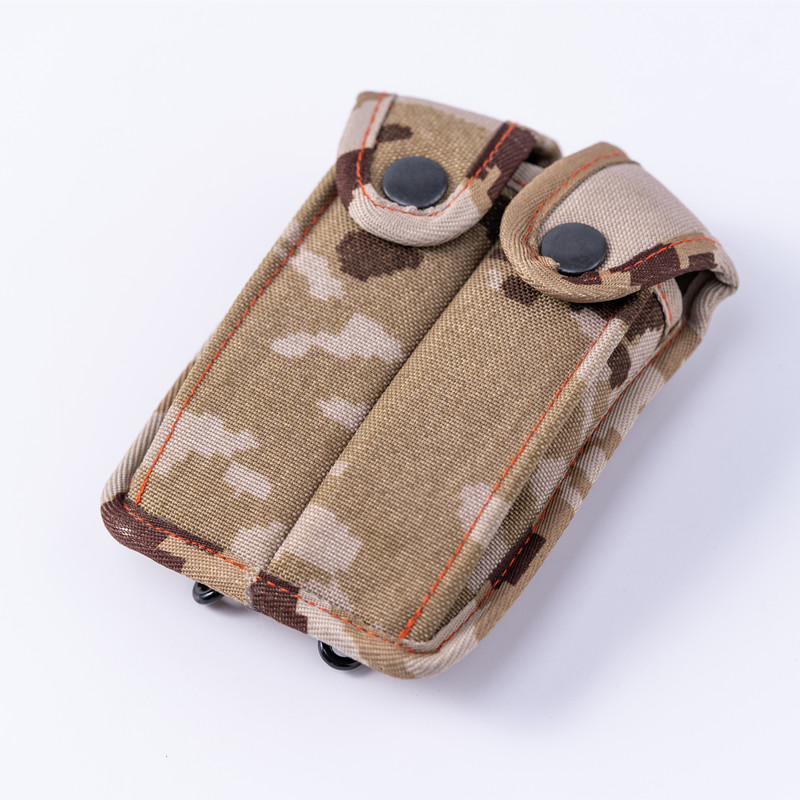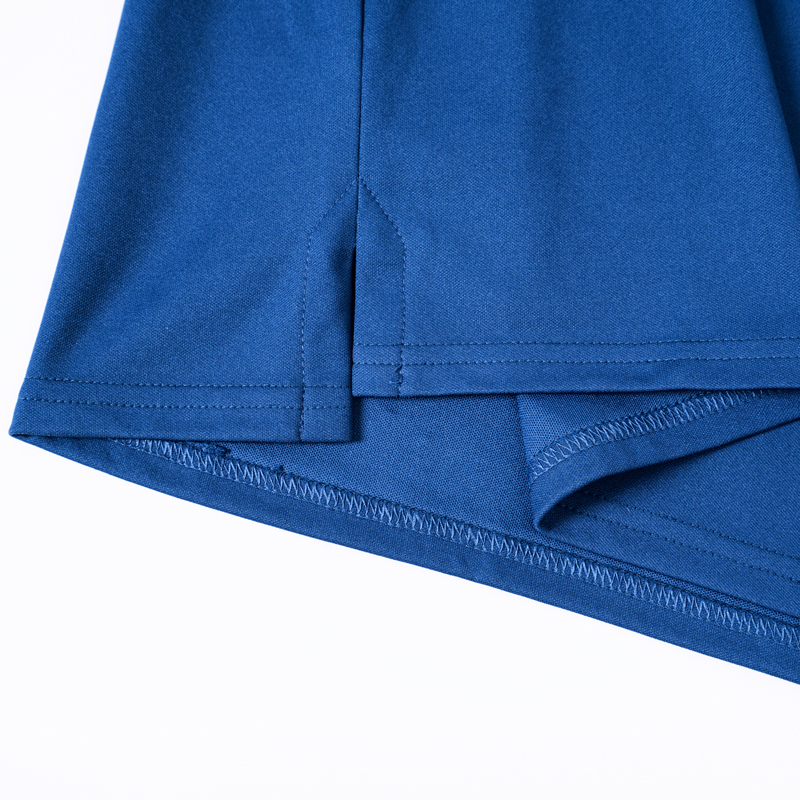Dear Tech Savvy: “Please tell your readers about the dangers of extreme cold weather and what it can do to cell phones and any digital device that is left out in subzero temperatures. People of all ages need to be made aware that these devices are 'almost human' and should get the same consideration you would give your body: keep it warm, clean, and out of danger and it will treat you well for a long time.”
Answer: While a relatively balmy January hasn’t really tested us with cold temperatures lately, winter’s onslaught can be hard on electronics. Cold is a known robber of battery life and with smartphones it can disrupt service causing a phone to shut off. Army Tactical Backpack

There are a perhaps surprising number of stories on this topic in a Google search.
For iPhones and iPads, Apple notes low or high temperature conditions could cause the device “to change its behavior to regulate its temperature” and “using the device in very hot conditions can permanently shorten battery life.”
Anyone who has left a smartphone in the car or in direct sunlight in the car during the summer can likely attest to the effects of too much heat. Temperatures in parked cars can exceed the hot temperature range and the iPhone will display a black screen with a thermometer noting it needs to cool down before it can be used, but that’s a problem for another day.
“Using an iOS or iPadOS device in very cold conditions outside of its operating range might temporarily shorten battery life and could cause your device to turn off,” Apple reports. “Battery life will return to normal when you bring your device back to higher ambient temperatures.”
If the phone does get too cold, a message will appear on the front of the phone saying charging is on hold until the phone returns to normal temperatures.
So what can you do to protect the device you likely use the most — the computer in your pocket that also makes phone calls?
Something as simple as carrying the phone in an inside pocket to keep it closer to body warmth can help.
But if the outside exposure plans to be for longer periods, whether that’s winter camping, an afternoon snowshoe or ice fishing, a thermal case may be in order.
Thermal cases are designed as slim pouches to slip the phone into and insulate it from cold or generally extreme temperatures. They can look like a tiny silver sleeping bag. One option is the Apollo Thermal Capsule by PHOOZY. The company reports the case reflects 90% of the sun’s heat and insulates it from the cold, extending battery life up to three times. Signals — cellular, Bluetooth and Wi-Fi — still make it through.
“Ultralight, slim design can easily be stored in pockets and backpacks for easy access to your device,” the company reported.
In addition to temperature assistance, a plus for outdoor enthusiasts, it is water resistant and will float. So for those folks — and you know who you are — who tend to drop their phones down the ice fishing hole to be lost at the bottom of the lake, this could be a pouch worth possessing. The company also reports the case “provides military-grade shock protection to protect your phone from drops up to 6 feet.”
A Colorado-based company also created a thermal phone case to protect against extreme hot or cold temperatures for protection that is airtight and waterproof. The Thermal Phone Case by Cold Case Gear is slim and easy to fit a phone in and remove it, opening a bit like soft eyeglass cases. This case comes with webbing loops for attachment to backpacks, harnesses, boats, etc., the company reports. Cold Case Gear was profiled on Backpackers.com.
Backpackers.com reported the company’s West Slope Case provides travel safety with the phone from the “Sahara to Siberia without the risk of a temperature-related failure.”
The review noted the ability to protect the phone while rafting, surfing or rock climbing. “Freshwater, saltwater, or sudden falls — you name it, this phone case can handle it all. Plus, it floats, so there’s no risk of losing it in deepwater.”
Cost for the Thermal Phone Case: $60.
There are multiple options and brands and cheaper choices, but check to be sure it is designed to protect against cold temperatures. Look for products with enough reviews to get a feel for how it may work and to point out any drawbacks.
The case makers also advise not leaving the phones for long periods of time in a parked car. Phone makers note temperatures below 32 degrees can be outside normal operating conditions. In Minnesota, that can account for a lot of days out of the year. Another option is using airbuds or headphones to connect to the phone that is more protected in an inside pocket rather than holding the phone in harsh conditions. Other advice is to turn the phone off until you reach a warmer place to use it.
In the Northland, life, work and play continue during the coldest of weather and using cold weather tips or a thermal case can protect the lifeline a phone provides no matter the temperature.

tactical camouflage pouch Renee Richardson, managing editor, may be reached at 218-855-5852 or renee.richardson@brainerddispatch.com . Follow on Twitter at www.twitter.com/DispatchBizBuzz .